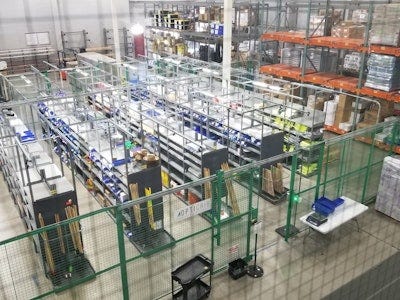Vendor Managed Inventory - Distributors' Bread & Butter
Tech benefits and disruption in VMI
Last week, we talked about the duality of B2B distributors as both product and service organizations – with a deeper dive on the service of manufacturing.
What’s another key service that distributors provide?
Stocking on behalf of their customer. Also known as Vendor Managed Inventory (VMI). There are two primary use cases for VMI:
Stocking shelves in retail stores for a consumer end-audience.
Refilling stockrooms or vending machines for a business customer end-audience.
These use cases are big business and exist in just about every industry in distribution:
Manufacturers and OEMs
Warehouses
Oil & Gas (rigs, refineries, plants, etc)
Restaurants and hospitality
Grocery and convenience stores
Big box retailers
Hardware
Hospitals and other healthcare practices
Distributors take the burden of inventory management off the shoulders of their customers. It’s one less thing for the customer to worry about. With minimum order sizes and a long-term contract relationship, distributors are more than happy to accommodate and use service as a differentiator.
The good, the bad and the ugly of VMI
In VMI, we see technology as an enabler to provide continuously faster delivery, with reliability and convenience at a competitive price. (the good)
In other cases, the distributor could be stagnant and not do anything (the bad).
And in some cases, we see technology as a disruptor (the ugly) – and it could further commoditize the role of the distributor.
Let’s dig in and talk about the Good, the Bad and the Ugly … (for premium subscribers and Clint Eastwood fans :)
So, what kind of distributors are relevant to VMI? Just about all of them!
MRO and industrial supplies
Packaging
Integrated supply
Janitorial supply
Building materials
Food
Medical supplies
Auto parts and tires



